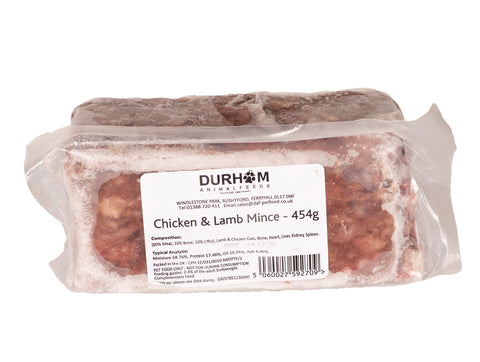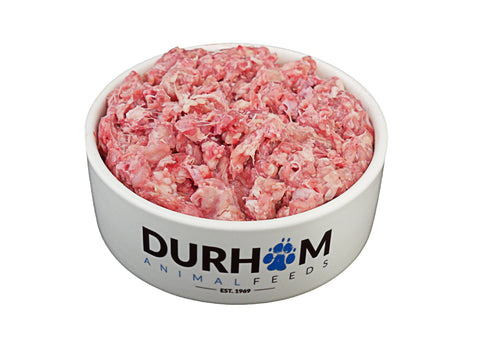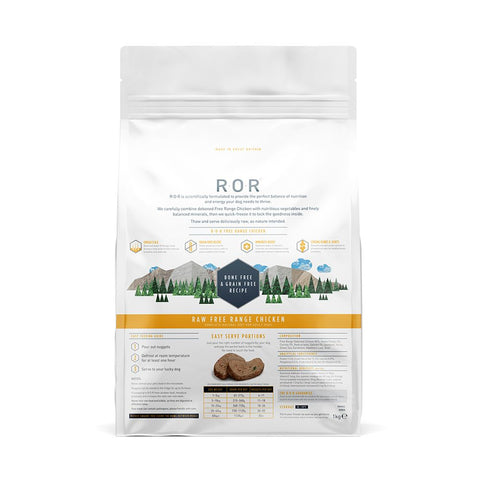What Should I feed My Rabbit?


Rabbits are Herbivores, this means they only eat plant matter. Herbivores need to have food constantly moving through their digestive system. A diet of mostly hay provides necessary fibre to do this. Unless the hay in your rabbit’s habitat is soiled do not replace it, replacing It could cause picky behaviour.
We recommend feeding hay in a hay rack to prevent the hay getting soiled. It also creates enrichment for the rabbit
Hay – This should make up 80% of your rabbit’s diet from weaning this should be a good quality hay like Timothy, Orchard, Botanical, Oat & Alfalfa hay. It prevents obesity, dental disease, diarrhoea, and boredom. Your rabbit should have unlimited access to hay. This needs to be separate from the hay/straw you use for bedding. We recommend Oxbow Hays.
Hay Selection
- Hay should make up the majority of your pet’s daily diet.
- Resist offering the same type of hay. Offer a variety of hay for optimum health.
- Hay is a product of nature, so it’s normal for each bag to look and feel different.
Different types of hay will provide different vitamins and minerals. Feeding animals free-choice hay promotes a natural chewing behaviour and helps prevent molar spurs and other teeth problems so common in these small herbivores.
Western Timothy Hay is the ideal long-strand fibre source for keeping small animal digestive tracts functioning properly —with high fibre, low protein, and low calcium content—is widely recommended by veterinarians. Oxbow Animal Health was the first pet food company to introduce timothy hay as a staple in the small animal diet.
Botanical Hay is a rich blend of herbs united with Western Timothy hay to stimulate your pet’s appetite for hay and create a relaxing getaway in your pet’s habitat. Alternate Botanical Hay with other Oxbow grass hays, or mix it in with other hays to create appetizing, long-strand fibre meals.
Like other long-strand grass hays, the soft-textured Orchard Grass Hay is high in fibre, low in protein and supports the health of small herbivores by stimulating digestion, preventing obesity, and making mealtime more appealing. Mix Orchard Grass Hay with other Oxbow grass hays to create a sweet and nutritious combination.
Oat Hay is harvested before the oat develops into a seed—the way small herbivores need it and like it! Oat Hay, like all grass hay, meets the nutritional needs of herbivores with high fibre and low protein. This appealing alternative contains savoury husks full of both flavour and fibre, making it a favourite for many pets. Blend Oat Hay with other Oxbow grass hays to create a nutty-tasting and nutritious combination.
Alfalfa Hay is a high-fibre legume hay with the same long-strand fibre found in grass hays, but with more protein, energy, and calcium. This hay is perfect for young or lactating animals that need concentrated nutrition. The succulent taste stimulates the appetite of ill or post-surgical animals. Once an animal reaches adulthood or completes recovery, this nutritious forage should be replaced with a grass hay. Alfalfa Hay, mixed with any other Oxbow grass hay, creates a rich, flavourful, and nutritious treat.
Pellets
A complete fortified pellet helps you make sure your pet is getting all the vitamins and minerals required for a healthy diet. A high-fibre pellet is best for your rabbit.
Pellet Selection
- Choose a pellet designed especially for rabbits.
- Pick an age-appropriate pellet for your pet.
- Avoid mixes with nuts, corn, seeds, and fruit. Rabbits cannot digest and metabolize these rich ingredients. Also, providing these tempting foods in abundance along with healthy foods could encourage your pet to choose tastier, less healthy foods over healthy hays and pellets.
It’s important not to over feed because the rabbit eats its own poo, the 1st poo comes in a cecal sac it’s essential for the good bacteria in the stomach for their digestive system & an essential fatty acid
Treats – A great way to bond with your rabbit, but choosing the right ones is vital to his health and wellbeing. From 12 weeks old, you can start to introduce leafy greens slowly into your rabbits diet to avoid upsetting his stomach. Rabbits don’t need a constant supply of carrots or other sweet treats such as yogurt drops or seed sticks. Offer completely natural treats with no added sugar.
Vegetables can be given but consider them as a treat also. Vegetables such as romaine, bib and red leaf lettuce are good choices. Do not feed iceberg lettuce and limit the following foods: spinach, collard greens, parsley, kale, dandelion greens and mustard greens








